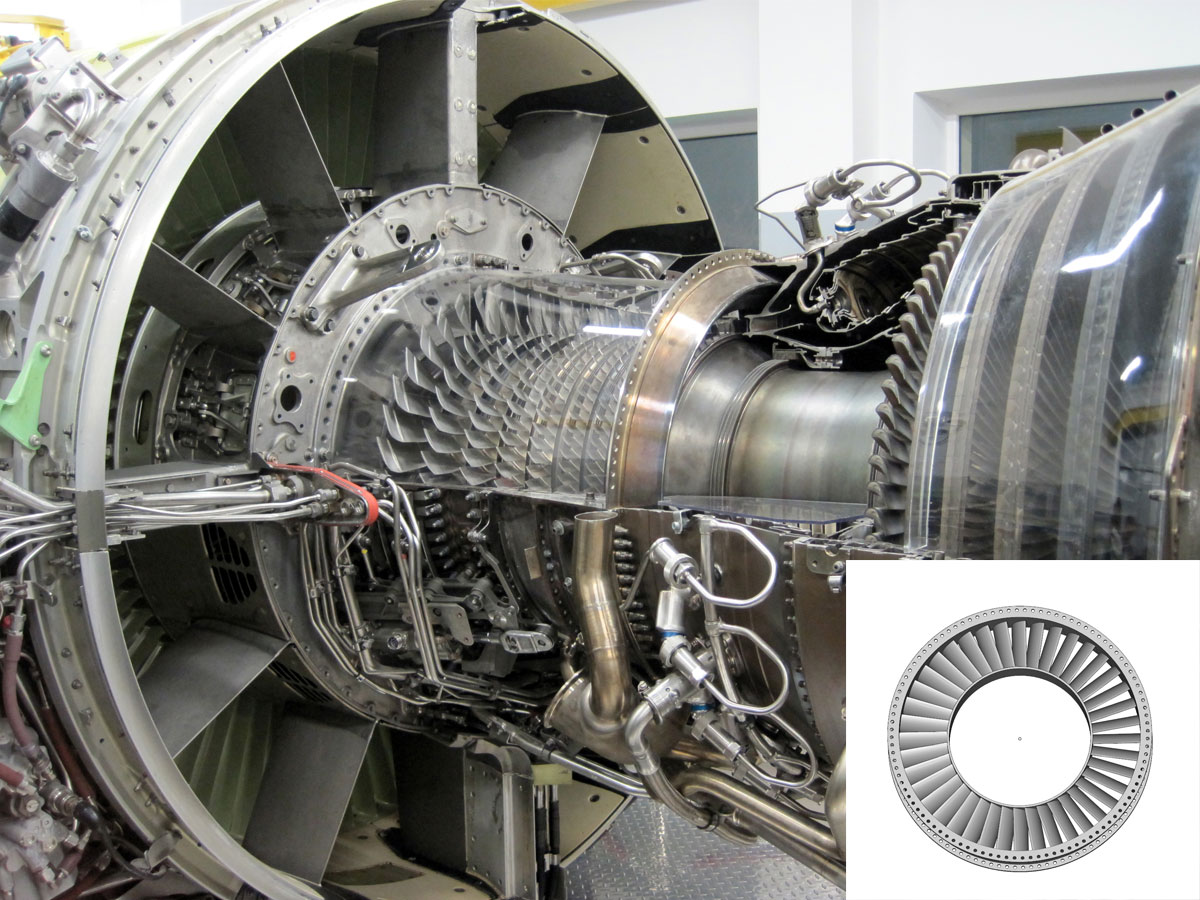IMPORTANT
The Prodways Hotline is exclusively reserved for users of Prodways ProMaker printers who need technical assistance.
Do you need technical assistance for your ProMaker printer?
Companies in the aerospace industry utilize standard methods for obtaining parts through lost wax casting by using traditional injection molds. This traditional process is time-consuming and expensive and does not allow for part designs with complex geometries.
Obtaining a reactor turbine made with the lost-wax method:
Additive manufacturing technologies now make it possible to design a master model with complex geometries or aerodynamic properties which were impossible to manufacture with traditional methods. In addition, they optimize the weight of each part (an essential element in production for the aerospace industry).
Thanks to DLP MOVINGLight® 3D printing technology and PLASTCure ABS3650 material, the master model for lost wax process has been optimized for:

Prodways created a specific division for the aerospace industry, located in the European aerospace center in Toulouse, France, with a showroom dedicated to this sector. Our expertise, combined with the use of robotics, allows us to meet the requirements of aircraft manufacturers, airline companies, maintenance centers and air defense organizations.